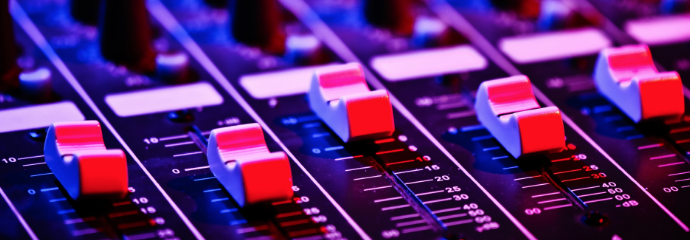 Image via WikipediaElectronic Music History, according to U2B
Image via WikipediaElectronic Music History, according to U2BElectronic music history spans well over a century. While many music history courses never even hit upon the basics of electronic music (ex. theremin or synthesizers), music technology has overtaken the globe.
Composers need music technology to print their music, distribute their music, contact other composers, set up concerts, promote their music, and even to compose their music.
Here is just a taste of electronic music, from the theremin to today. There are so many ways that technology and electronics have affected classical music in our time. The internet alone has revolutionized the music industry, making big music producers a dinosaur of the past and giving individual artists total control over their destinies.
Enjoy this video venture into electronic music! You might never want to come back!
Theremin
Ondes Martenot (Olivier Messiaen "4ème Feuillet Inédit")
Precursor to Electronic Music: Ballet Mechanique
From WIKI: In 1924, Ottorino Respighi composed The Pines of Rome, which calls for the use of a phonograph recording of nightingales. However, at the time of composition, phonograph players were acoustical, not electric, and this is actually more along the lines of using a sound effect, and therefore cannot be considered an electroacoustic element in the composition.
The following year, Antheil first composed for mechanical devices, electrical noisemakers, motors and amplifiers in his unfinished opera, Mr. Bloom, as a response to the "art of noises" of Luigi Russolo, Marinetti and the other Futurists.[citation needed] And just one year later in 1926, was the première of Antheil's Ballet Mécanique, using car horns, airplane propellers, saws, and anvils (but no electronics).
1951 "The Day the Earth Stood Still" Bernard Hermann
1955 Stockhausen ""Gesang der Junglinge" (Song of the Youths) (1955-56)"
1957 Forbidden Planet - Louis and Bebe Barron
Beach Boys use of Theremin
1977 Brian Eno and Cluster



Comments